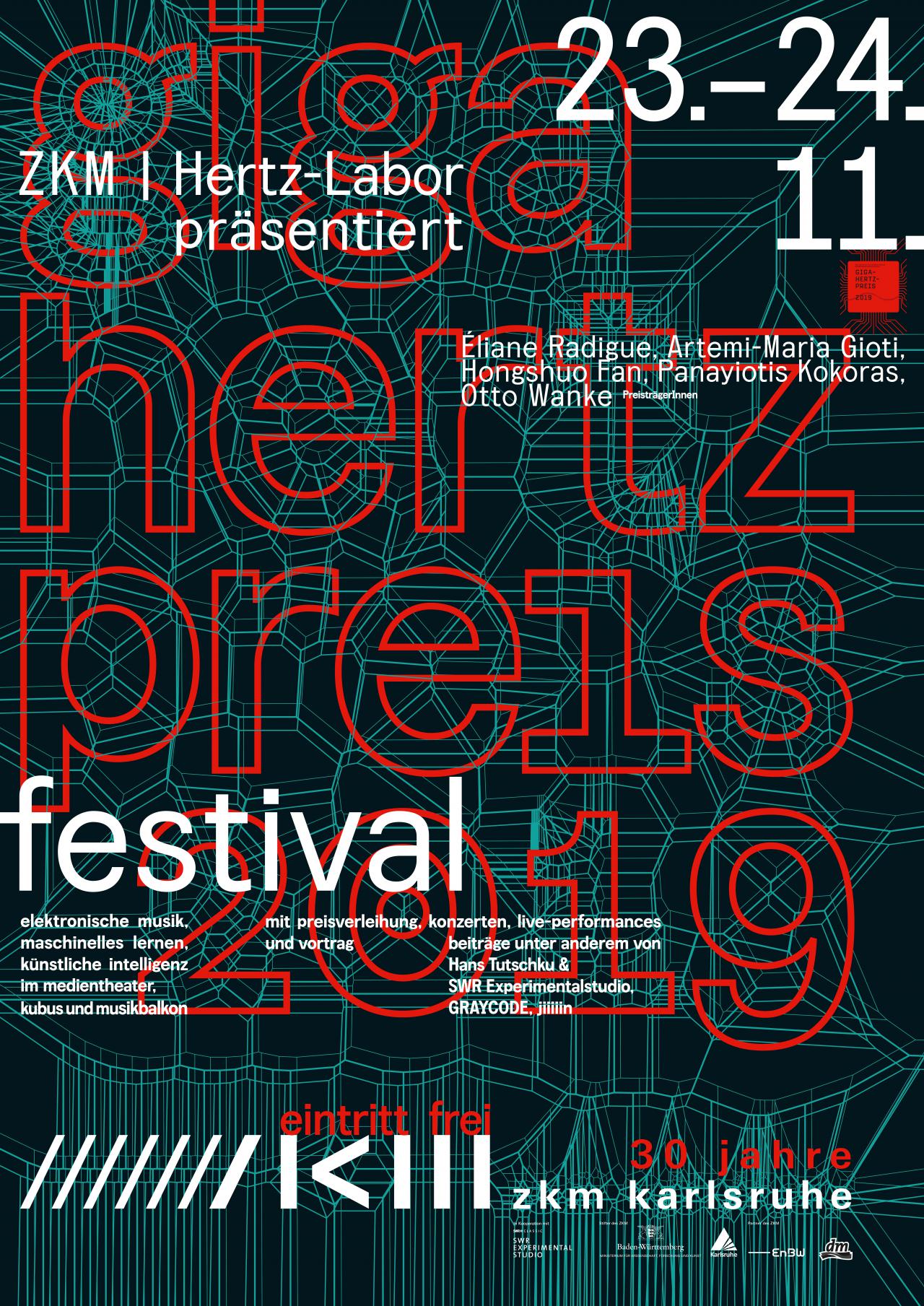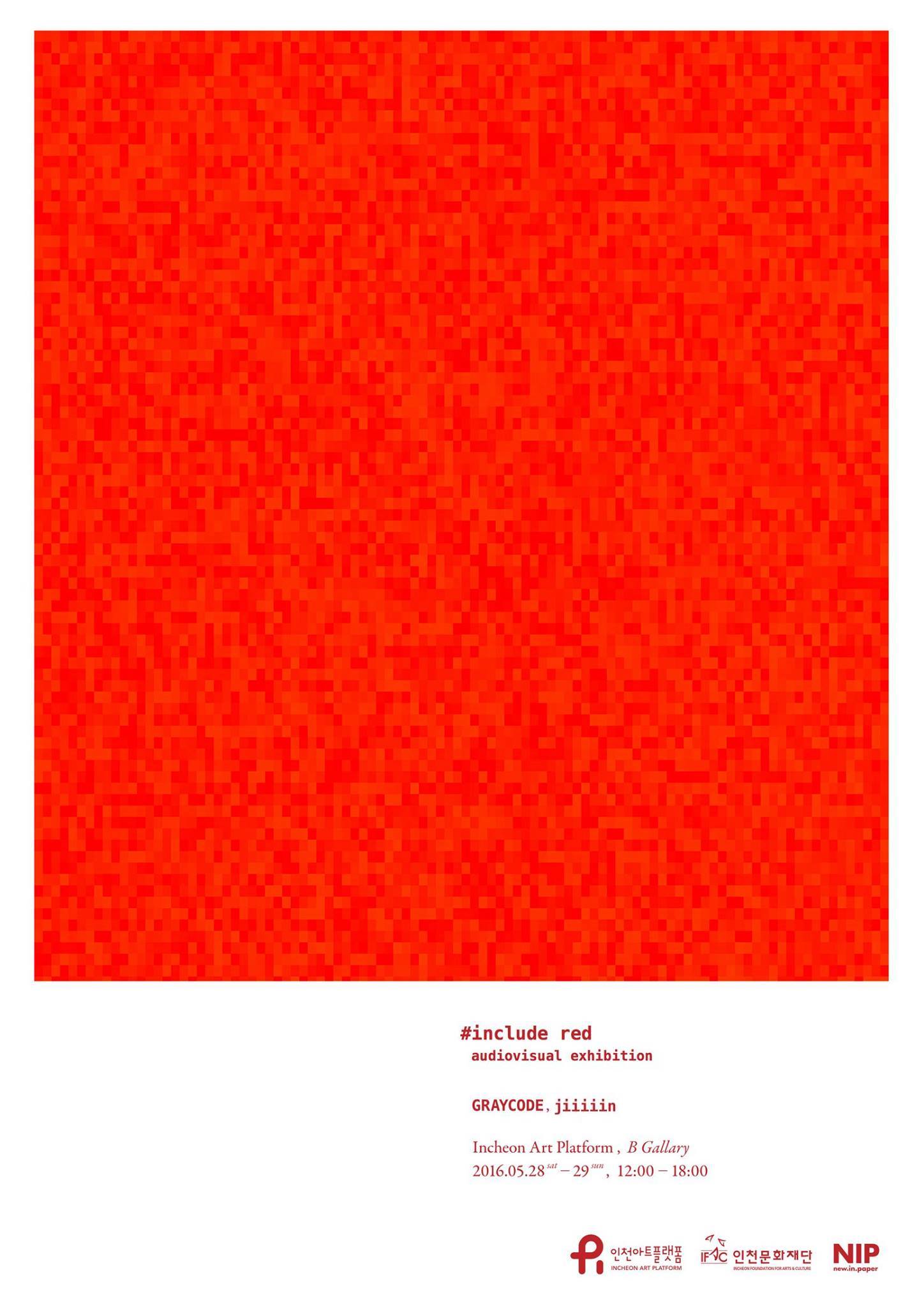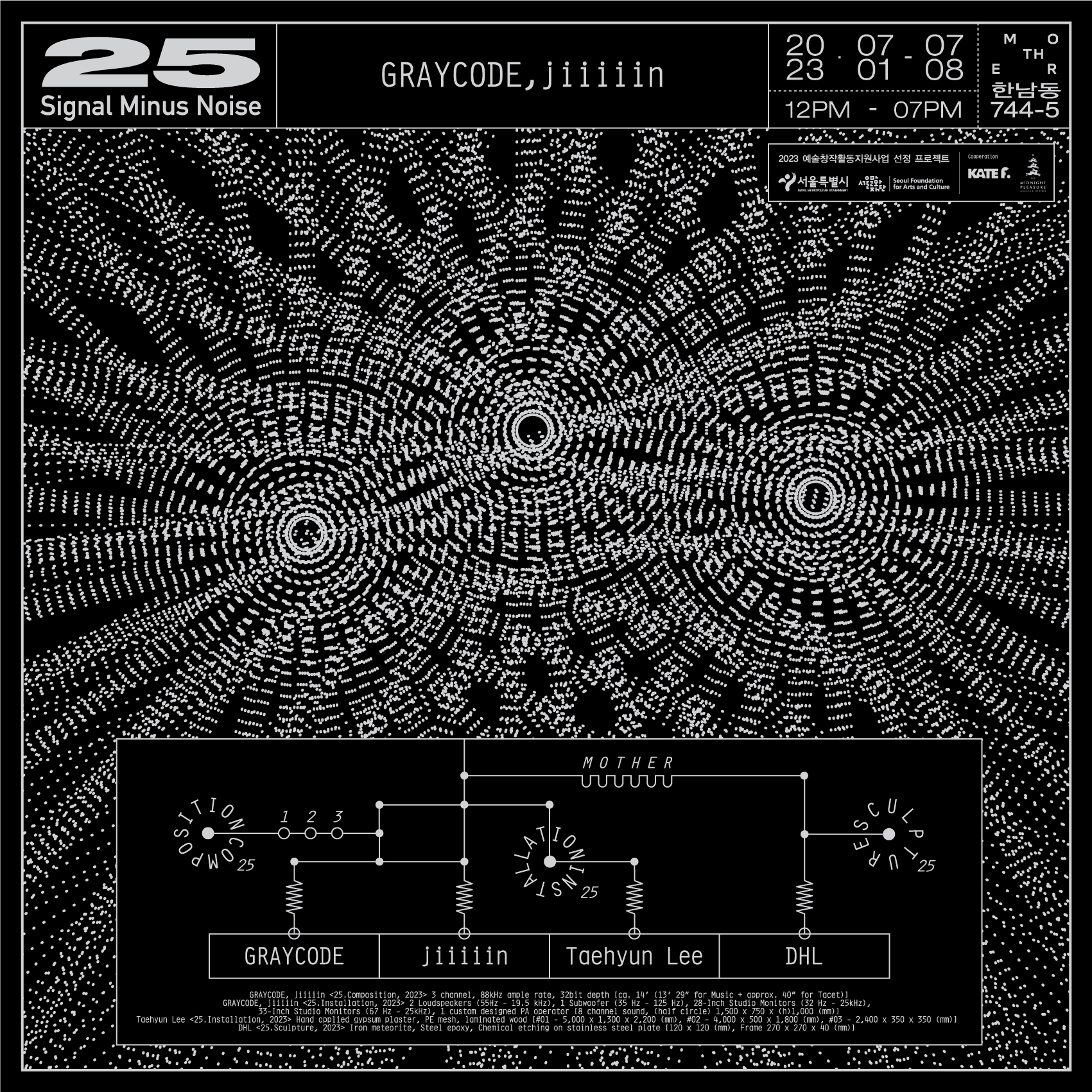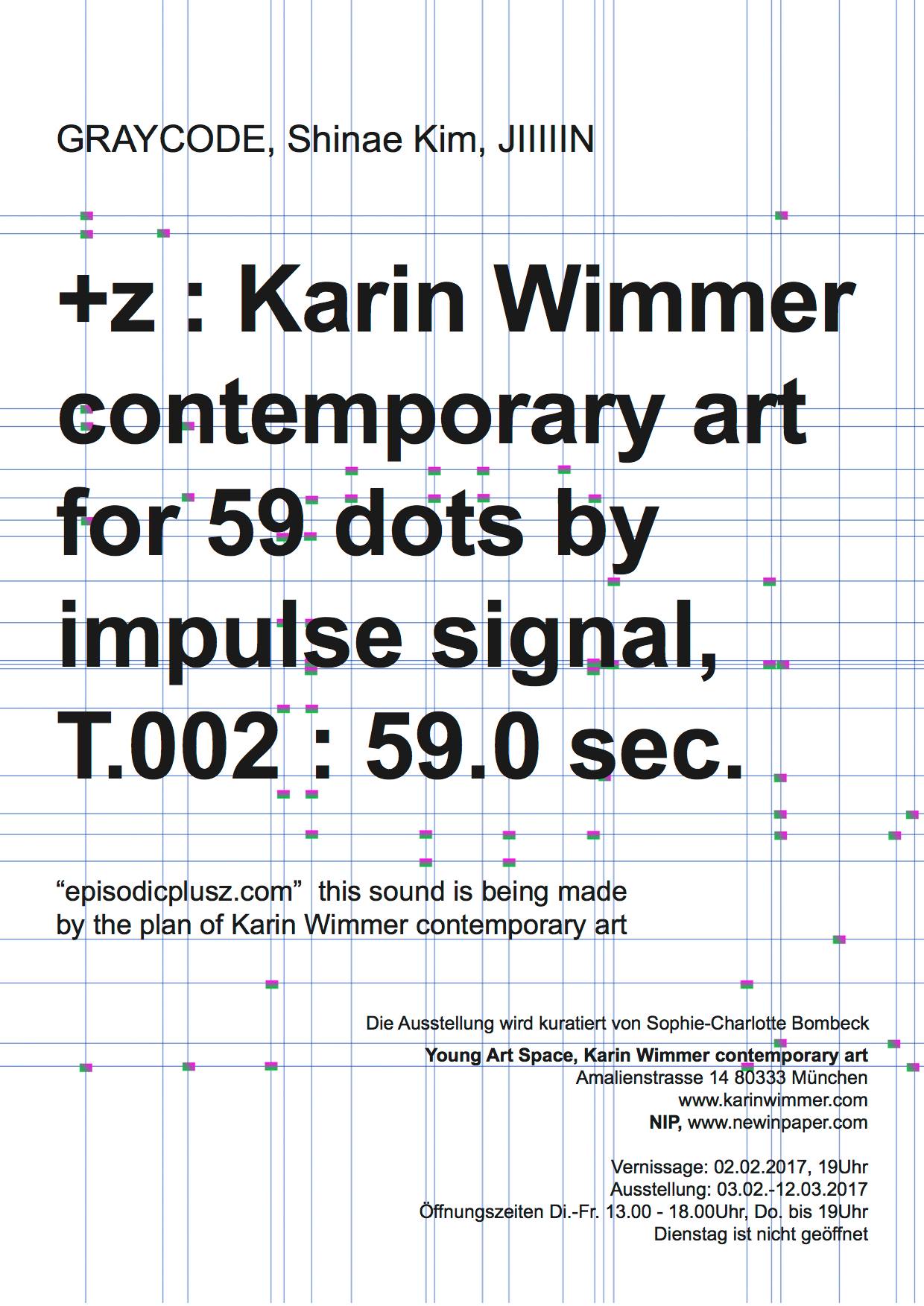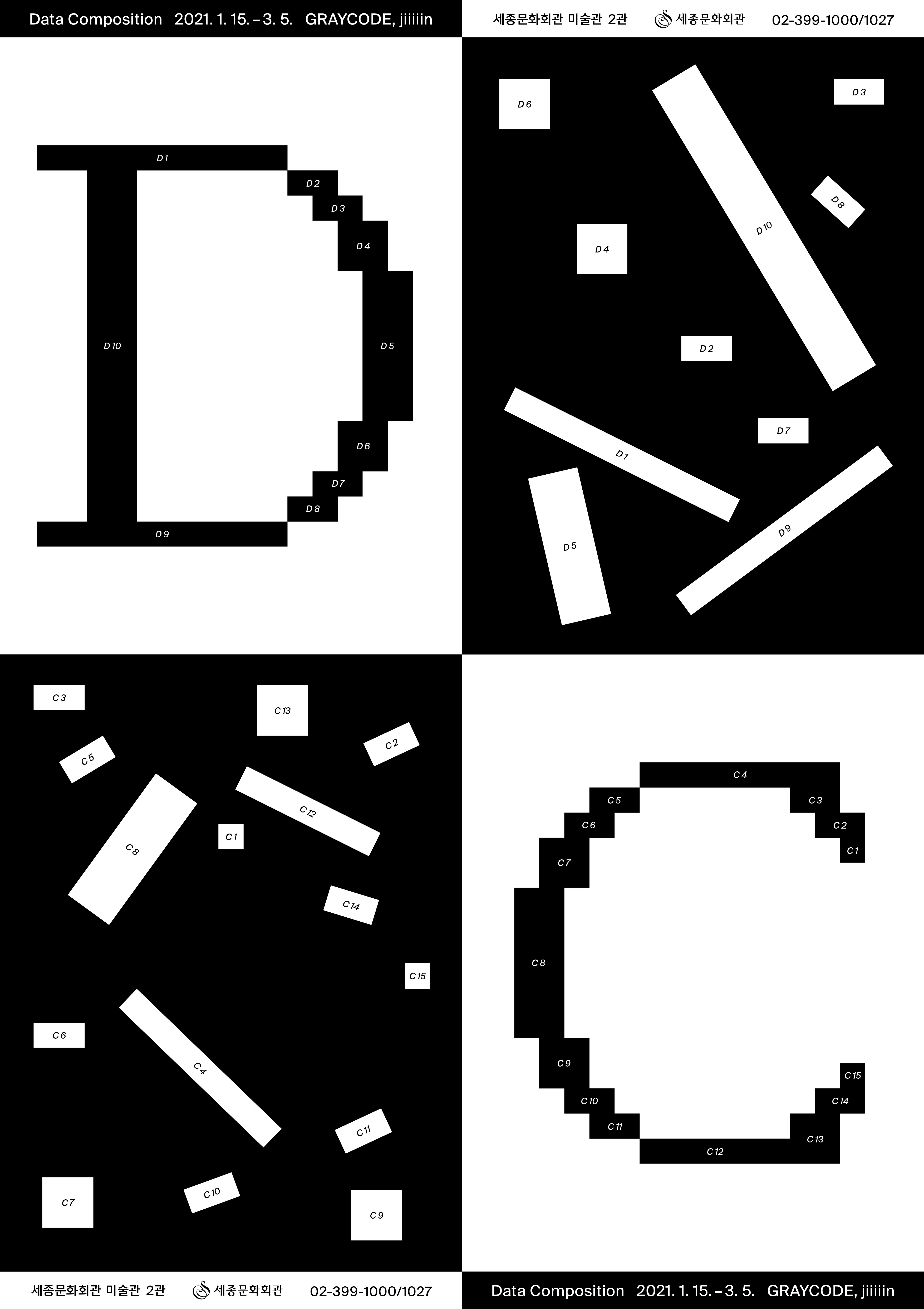
10^-33cm
unseen, does not exist in space and does not expand in time.
2019
composition for 11 sound tracks
01 [0.99d, 0.10e] 00'59"
02 [0.65d, 0.30e] 00'25"
03 [0.50d, 0.45e] 00'11"
04 [0.45d, 0.50e] 00'08"
05 [0.38d, 0.70e] 00'07"
06 [0.32d, 0.75e] 00'09"
07 [0.25d, 0.80e] 00'07"
08 [0.21d, 0.85e] 00'12"
09 [0.18d, 0.90e] 00'36"
10 [0.00d, 1.00e] 00'00"102"
11 unseen, does not exist in space and does not expand in time. 41'39"
solo exhibition
at Grallery damdam, Koreanisches Kulturzentru, Berlin, Germany, curator Ka Hee Jeong
review 01 Reece Cox
preface 01 Kahee Jeong
10^-33cm
A journey from the macro-universe to the micro-world
20th-century modern physics was built based on the Theory of Relativity and quantum mechanics. Modern physics has strived to explain the universe and the fundamental forces acting in it through the interactions of microcosmic particles starting from the point in time just before the Big Bang to the current state of the universe. In pursuance of this goal, superstring theory has emerged. It is a theoretical concept, which considers that the smallest unit of all creation is not a point-like particle but rather a tiny string-like formation, and claims that each supersymmetric string has a characteristic vibration. It states that depending on the vibration, different subatomic particles and energy are produced in minuscule scales, thus, the current state of the universe is decided in cosmic scales. This theory indicates that the four dominating fundamental forces of the universe as well as all particles can be explained with strings, which may be considered the smallest constituents of matter and force interaction. This twists the whole concept of time and space that is familiar to us. In order to solve the complex equations of superstring theory, we need to adopt the eleven-dimensional concept for space-time continuum, which makes comprehension even more complex. Although this theory can possibly unite micro- and macro-world theories, i.e. quantum mechanics and relativistic theory of gravity and therefore seems to be a plausible form of the unified field theory that Einstein might have tried to prove, it confuses human perception, which is still in the four-dimensional world. According to this theory, fundamental pieces of matter form chords created by vibrating strings, hence the entire universe is a symphony of various harmonies. However, there is a critical frontier to this theory, which is not yet possible to verify. Modern physics has succeeded in defining various concepts and phenomena regarding time and space: nevertheless, we need to be careful about what questions we ask.
Seoul-based electronic music composers and sound-media artists GRAYCODE and jiiiiin are holding an exhibition from March 14, 2019 at the gallery space of the Korean Cultural Center in Berlin, Germany. In 2018, they became the first Korean artists to receive "Giga-Hertz Production Prize," an internationally recognized electronic music award. Their show will be the first sound-art exhibition in gallery damdam. In the exhibition, they will present a new piece, which is a sound album consisting of 11 tracks. Modern physics is the rich source of inspiration for this duo. They were especially inspired by Matvei Bronstein’s theories, when they produced this piece. Bronstein was the first person to claim that in order to understand quantum gravity, we need to change our ordinary concepts of space and time and fundamental principles. Although GRAYCODE and jiiiiin studied classical music composition, they have tried to think outside the traditional system of the field of classical music. They have chosen an unlikely path so that they can express their ideas freely. This decision led them to explore new medium and eventually present their own unique narrative. This is reminiscent of Bronstein’s ideas. One of their previous projects was an audio-visual piece, entitled “#include red” (2016-2017). It is about the color red and how humans perceive it. In “+3x10^8m/s, beyond the light velocity” (2017-2018), they conveyed the expanding universe by using moving images containing an intricate narrative, and different sounds from varying sources traveling in multiple directions.
The new piece is about a journey from the macro-universe to the micro-world. They wanted to build a topology, where the audience can face the pure moment of time and space through minimal visuals and the increasingly elaborate multidimensional sounds. The artist duo’s attempt here is to listen to the smallest, deepest, and endless spatiotemporal moment, in order to awaken our senses to experience what we have previously not been able to. They have created a sound that exists in the smallest conceivable space, the Planck length (about 10^-33cm). It is smaller than one of the smallest elementary particles, neutrino, whose rest mass is so small that it was long thought to be zero. In fact, “10^-33cm” is the title of this exhibition as well as the artwork. They designed a new event by layering diverse sounds and using the full sound spectrum of the audible frequency range plus two different non-audible sounds, which are 23,999Hz and 0Hz. From track 1 “0.99d, 0,10e” to track 9 “0.18d, 0.90e”, the sounds become increasingly fragmented and complicated. It gives the feeling, as if one is sinking into the ground. And the unexpectedly compressed short sound of track 10 “0.00d, 1.00e” unfolds a new dimension, like entering a wormhole. Finally, track 11 “unseen, does not exist in space and does not expand in time” triggers the eyes of the mind. The sound of this track penetrates deep between the cracks of time and space, and arrives at a different world - the micro-world. Gravity disappears here.
Most of us can accept with some level of confidence, the idea that reality may not entirely be what it seems. It is natural to imagine the unobservable. The limitation of unobservability makes modern physics more philosophical. There have been countless endeavors as finite beings to escape the limitations of our perceptions and senses and remove the shadow of the invisible world, which are trapped in anthropocentrism. Modern physics has expanded upon the meaning of “see”. GRAYCODE and jiiiiin attempt to give us a new feeling of “seeing” through sound. The fields of science, philosophy, and art each have a different view of the size of space and the length of time. Can the space in sound, which GRAYCODE and jiiiiin have created, also be considered a micro-world? This exhibition, which focuses on listening, is not as difficult to digest as the theories of physics mentioned above, because it is the visualization of the imagined world of this artist duo. The philosopher Gaston Bachelard expressed in The Poetics of Space, “one might say that immensity is a philosophical category of daydream. Daydream undoubtedly feeds on all kinds of sights, but through a sort of natural inclination, it contemplates grandeur. And this contemplation produces an attitude that is so special, an inner state that is so unlike any other, that the daydream transports the dreamer outside the immediate world to a world that bears the mark of infinity.” It is only imagination that can transcend our human capabilities. And imagination is the only comfort to make sense of our existence in this otherwise meaningless universe.
– Ka Hee Jeong, Curator
10^-33cm
보이지 않는, 공간 속에서 존재하지 않으며 시간 속에서 펼쳐지지 않는 세계
전자음악 작곡가, 사운드·미디어 아티스트인 GRAYCODE(조태복), jiiiiin(정진희)가 오는 3월 14일 주독일한국문화원 갤러리 담담에서 전시를 개최한다. 두 작가는 지난 2018년 한국인으로는 최초로 기가 헤르츠 작품상의 수상자로 선정된 작가이다. 기가 헤르츠 상은 독일 칼스루헤 예술매체기술센터(ZKM) 및 슈트트가르트 남서독일 방송사(SWR)가 공동 수여하는 상으로 전자음악 분야에서 국제적으로 권위를 인정받고 있는 상이다. 이번 전시는 문화원 전시장에서 진행되는 최초의 사운드 아트전시이며, 두 작가의 11개의 트랙으로 구성된 신작이 최초로 공개될 예정이다.
10^-33cm(양자 중력이 나타날 수 있는 최소의 공간 - 플랑크 길이)는 이번 전시의 전시 명이자 이번 신작의 작품명이다. 플랑크 길이는 우리가 보통 알고 있는 공간이 더 이상 존재하지 않게 되는 크기이다. 그리고 끈 이론의 끈들은 플랑크 길이에 따라 만들어 진다. 두 작가는 이런 아주 미세한 시공간으로 들어갔을 때 들려지는 사운드를 상상하여 작품 속에 담았다. 총 11개의 트랙으로 구성된 이번 작업은 거시적 우주에서 미시적 세계로 떠나는 여행이다. 1번 트랙부터 9번 트랙까지는 사운드가 점점 복잡해지는 것을 들을 수 있다. 0.102초의 10번 트랙을 지나면 미세한 시공간의 균열사이로 깊이 들어가는 듯한 느낌을 주는 마지막 트랙 ‘보이지 않는, 공간 속에서 존재하지 않으며 시간 속에서 펼쳐지지 않는’을 만나게 된다. 두 작가는 다차원적인 사운드와 시각적인 부분의 최소화를 통해 순수한 시공의 순간을 마주할 수 있는 공간을 구축하였다.
– 큐레이터 정가희
A journey from the macro-universe to the micro-world
20th-century modern physics was built based on the Theory of Relativity and quantum mechanics. Modern physics has strived to explain the universe and the fundamental forces acting in it through the interactions of microcosmic particles starting from the point in time just before the Big Bang to the current state of the universe. In pursuance of this goal, superstring theory has emerged. It is a theoretical concept, which considers that the smallest unit of all creation is not a point-like particle but rather a tiny string-like formation, and claims that each supersymmetric string has a characteristic vibration. It states that depending on the vibration, different subatomic particles and energy are produced in minuscule scales, thus, the current state of the universe is decided in cosmic scales. This theory indicates that the four dominating fundamental forces of the universe as well as all particles can be explained with strings, which may be considered the smallest constituents of matter and force interaction. This twists the whole concept of time and space that is familiar to us. In order to solve the complex equations of superstring theory, we need to adopt the eleven-dimensional concept for space-time continuum, which makes comprehension even more complex. Although this theory can possibly unite micro- and macro-world theories, i.e. quantum mechanics and relativistic theory of gravity and therefore seems to be a plausible form of the unified field theory that Einstein might have tried to prove, it confuses human perception, which is still in the four-dimensional world. According to this theory, fundamental pieces of matter form chords created by vibrating strings, hence the entire universe is a symphony of various harmonies. However, there is a critical frontier to this theory, which is not yet possible to verify. Modern physics has succeeded in defining various concepts and phenomena regarding time and space: nevertheless, we need to be careful about what questions we ask.
Seoul-based electronic music composers and sound-media artists GRAYCODE and jiiiiin are holding an exhibition from March 14, 2019 at the gallery space of the Korean Cultural Center in Berlin, Germany. In 2018, they became the first Korean artists to receive "Giga-Hertz Production Prize," an internationally recognized electronic music award. Their show will be the first sound-art exhibition in gallery damdam. In the exhibition, they will present a new piece, which is a sound album consisting of 11 tracks. Modern physics is the rich source of inspiration for this duo. They were especially inspired by Matvei Bronstein’s theories, when they produced this piece. Bronstein was the first person to claim that in order to understand quantum gravity, we need to change our ordinary concepts of space and time and fundamental principles. Although GRAYCODE and jiiiiin studied classical music composition, they have tried to think outside the traditional system of the field of classical music. They have chosen an unlikely path so that they can express their ideas freely. This decision led them to explore new medium and eventually present their own unique narrative. This is reminiscent of Bronstein’s ideas. One of their previous projects was an audio-visual piece, entitled “#include red” (2016-2017). It is about the color red and how humans perceive it. In “+3x10^8m/s, beyond the light velocity” (2017-2018), they conveyed the expanding universe by using moving images containing an intricate narrative, and different sounds from varying sources traveling in multiple directions.
The new piece is about a journey from the macro-universe to the micro-world. They wanted to build a topology, where the audience can face the pure moment of time and space through minimal visuals and the increasingly elaborate multidimensional sounds. The artist duo’s attempt here is to listen to the smallest, deepest, and endless spatiotemporal moment, in order to awaken our senses to experience what we have previously not been able to. They have created a sound that exists in the smallest conceivable space, the Planck length (about 10^-33cm). It is smaller than one of the smallest elementary particles, neutrino, whose rest mass is so small that it was long thought to be zero. In fact, “10^-33cm” is the title of this exhibition as well as the artwork. They designed a new event by layering diverse sounds and using the full sound spectrum of the audible frequency range plus two different non-audible sounds, which are 23,999Hz and 0Hz. From track 1 “0.99d, 0,10e” to track 9 “0.18d, 0.90e”, the sounds become increasingly fragmented and complicated. It gives the feeling, as if one is sinking into the ground. And the unexpectedly compressed short sound of track 10 “0.00d, 1.00e” unfolds a new dimension, like entering a wormhole. Finally, track 11 “unseen, does not exist in space and does not expand in time” triggers the eyes of the mind. The sound of this track penetrates deep between the cracks of time and space, and arrives at a different world - the micro-world. Gravity disappears here.
Most of us can accept with some level of confidence, the idea that reality may not entirely be what it seems. It is natural to imagine the unobservable. The limitation of unobservability makes modern physics more philosophical. There have been countless endeavors as finite beings to escape the limitations of our perceptions and senses and remove the shadow of the invisible world, which are trapped in anthropocentrism. Modern physics has expanded upon the meaning of “see”. GRAYCODE and jiiiiin attempt to give us a new feeling of “seeing” through sound. The fields of science, philosophy, and art each have a different view of the size of space and the length of time. Can the space in sound, which GRAYCODE and jiiiiin have created, also be considered a micro-world? This exhibition, which focuses on listening, is not as difficult to digest as the theories of physics mentioned above, because it is the visualization of the imagined world of this artist duo. The philosopher Gaston Bachelard expressed in The Poetics of Space, “one might say that immensity is a philosophical category of daydream. Daydream undoubtedly feeds on all kinds of sights, but through a sort of natural inclination, it contemplates grandeur. And this contemplation produces an attitude that is so special, an inner state that is so unlike any other, that the daydream transports the dreamer outside the immediate world to a world that bears the mark of infinity.” It is only imagination that can transcend our human capabilities. And imagination is the only comfort to make sense of our existence in this otherwise meaningless universe.
– Ka Hee Jeong, Curator
10^-33cm
보이지 않는, 공간 속에서 존재하지 않으며 시간 속에서 펼쳐지지 않는 세계
전자음악 작곡가, 사운드·미디어 아티스트인 GRAYCODE(조태복), jiiiiin(정진희)가 오는 3월 14일 주독일한국문화원 갤러리 담담에서 전시를 개최한다. 두 작가는 지난 2018년 한국인으로는 최초로 기가 헤르츠 작품상의 수상자로 선정된 작가이다. 기가 헤르츠 상은 독일 칼스루헤 예술매체기술센터(ZKM) 및 슈트트가르트 남서독일 방송사(SWR)가 공동 수여하는 상으로 전자음악 분야에서 국제적으로 권위를 인정받고 있는 상이다. 이번 전시는 문화원 전시장에서 진행되는 최초의 사운드 아트전시이며, 두 작가의 11개의 트랙으로 구성된 신작이 최초로 공개될 예정이다.
10^-33cm(양자 중력이 나타날 수 있는 최소의 공간 - 플랑크 길이)는 이번 전시의 전시 명이자 이번 신작의 작품명이다. 플랑크 길이는 우리가 보통 알고 있는 공간이 더 이상 존재하지 않게 되는 크기이다. 그리고 끈 이론의 끈들은 플랑크 길이에 따라 만들어 진다. 두 작가는 이런 아주 미세한 시공간으로 들어갔을 때 들려지는 사운드를 상상하여 작품 속에 담았다. 총 11개의 트랙으로 구성된 이번 작업은 거시적 우주에서 미시적 세계로 떠나는 여행이다. 1번 트랙부터 9번 트랙까지는 사운드가 점점 복잡해지는 것을 들을 수 있다. 0.102초의 10번 트랙을 지나면 미세한 시공간의 균열사이로 깊이 들어가는 듯한 느낌을 주는 마지막 트랙 ‘보이지 않는, 공간 속에서 존재하지 않으며 시간 속에서 펼쳐지지 않는’을 만나게 된다. 두 작가는 다차원적인 사운드와 시각적인 부분의 최소화를 통해 순수한 시공의 순간을 마주할 수 있는 공간을 구축하였다.
– 큐레이터 정가희
1.

2.

3.

4.

5.
6.
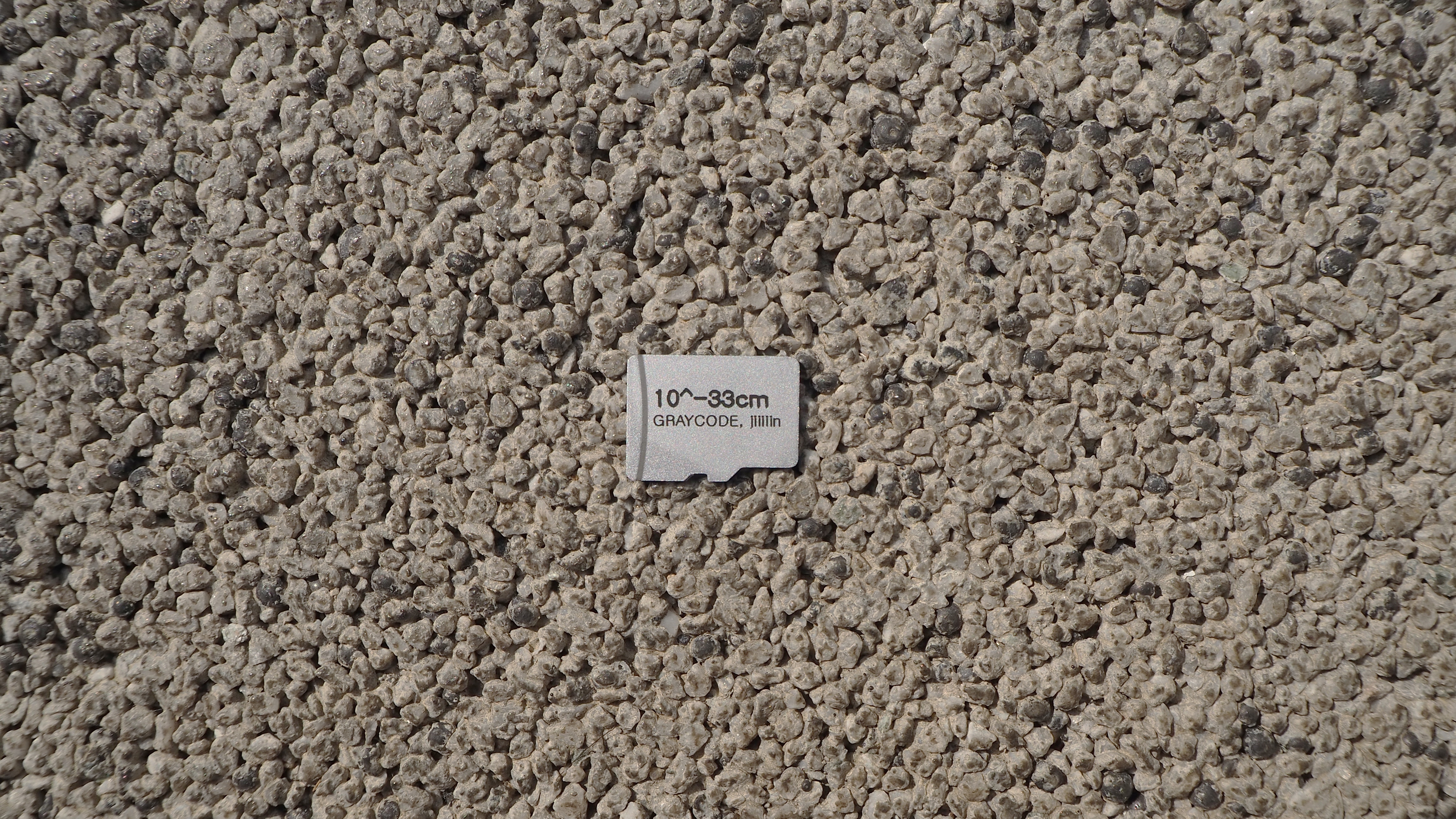
7.



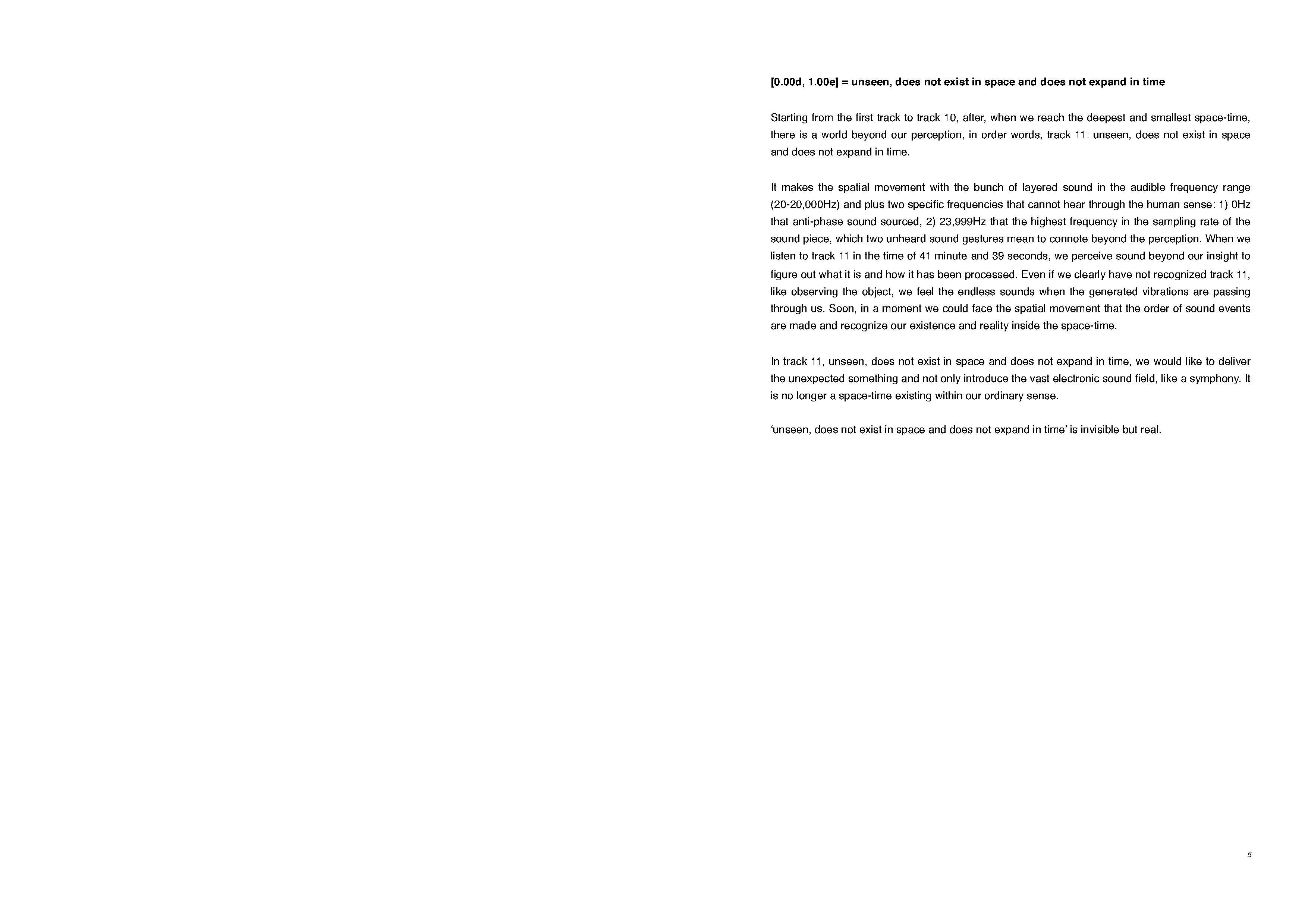

8.





